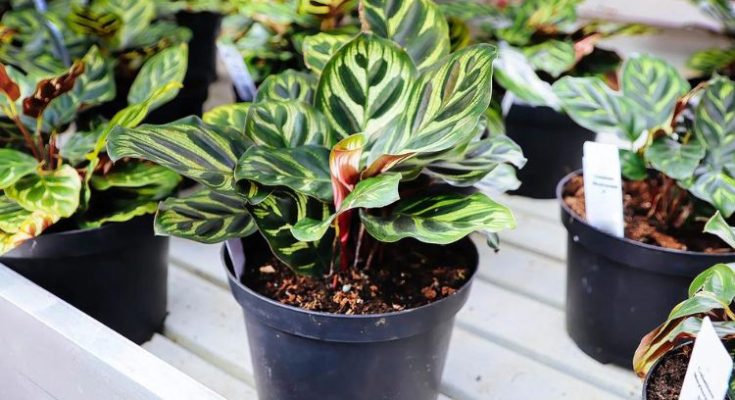Magazine » Lingerie 101 »
How to Care for Peacock Plant

Welcome to the world of vibrant and stunning Peacock Plants! With their striking foliage and graceful demeanor, these tropical beauties have captured the hearts of many plant enthusiasts. Caring for these plants might seem challenging at first, but with the right knowledge and a little bit of dedication, you can easily nurture them to their full potential. In this comprehensive guide, we will delve into the intricacies of Peacock Plant care, including propagation, lighting, planting techniques, watering, soil requirements, and fertilization. Let’s embark on this journey to ensure your Peacock Plant thrives and graces your living space with its resplendent beauty. How to Care for Peacock Plant
Care Basics of Peacock Plant
| Care Aspect | Requirement | Difficulty Level | What You Need |
|---|---|---|---|
| Light | Indirect, bright light | Moderate | Curtains, sheer cloth |
| Water | Regular, consistent moisture | Easy | Watering can, pebble tray |
| Temperature | 65°F to 80°F (18°C to 27°C) | Easy | Thermometer, humidifier |
| Soil pH | Slightly acidic to neutral (5.5 to 7.0) | Easy | pH meter, peat moss |
| Soil Type | Well-draining, rich potting mix | Easy | Perlite, vermiculite |
| Fertilizer | Balanced, diluted feed monthly | Moderate | Liquid fertilizer, spray bottle |
| Pruning | Occasional trimming of dead leaves | Easy | Pruning shears, rubbing alcohol |
Light Requirements
Peacock Plants thrive in bright, indirect light, reminiscent of their natural habitat in the rainforests. While direct sunlight can scorch their delicate leaves, insufficient light can cause their vibrant colors to fade. Place your Peacock Plant near a window where it can receive filtered sunlight or use sheer curtains to diffuse the light. In regions with limited natural light, supplement with artificial lighting using fluorescent or grow lights to ensure their proper growth and vibrant foliage.
Planting Techniques
When planting your Peacock Plant, choose a location with ample indirect light and moderate humidity. Opt for well-draining, nutrient-rich potting soil to ensure proper root aeration and moisture retention. Ensure the pot has adequate drainage holes to prevent waterlogging, which can lead to root rot. Plant the Peacock Plant at a depth similar to its previous container, and gently pat the soil to remove any air pockets. Maintain a consistent watering and lighting routine to support its healthy growth.
Watering
Maintaining appropriate moisture levels is crucial for the well-being of your Peacock Plant. Water the plant thoroughly when the top inch of the soil feels dry to the touch. Avoid overwatering, as it can lead to root rot and other fungal diseases. Signs of overwatering include yellowing leaves and wilting, while under-watering can cause browning and curling of the leaf edges. Consider using a pebble tray filled with water near the plant to increase ambient humidity and maintain moisture levels during dry seasons.
Soil and Fertilization
Peacock Plants favor well-draining, slightly acidic to neutral soil to facilitate healthy root development and nutrient absorption. Incorporate peat moss or perlite into the potting mix to improve drainage and aeration. Fertilize your Peacock Plant with a balanced, diluted feed once a month during the growing season, typically spring through summer. Avoid over-fertilization, as it can lead to the accumulation of salts in the soil, causing damage to the plant roots. Use a gentle, liquid fertilizer and apply it evenly to the soil to promote lush foliage and vibrant colors.
- 12 Common Bra Myths: Debunked by Clovia - March 28, 2024
- Anatomy of a Bra - March 13, 2024
- 26 ਬ੍ਰਾ ਦੀਆਂ ਕਿਸਮਾਂ ਹਰ ਕੁੜੀ ਨੂੰ 2023 ਵਿੱਚ ਪਤਾ ਹੋਣਾ ਚਾਹੀਦਾ ਹੈ: ਪੂਰੀ ਬ੍ਰਾ ਸਟਾਈਲ ਗਾਈਡ - July 21, 2023






